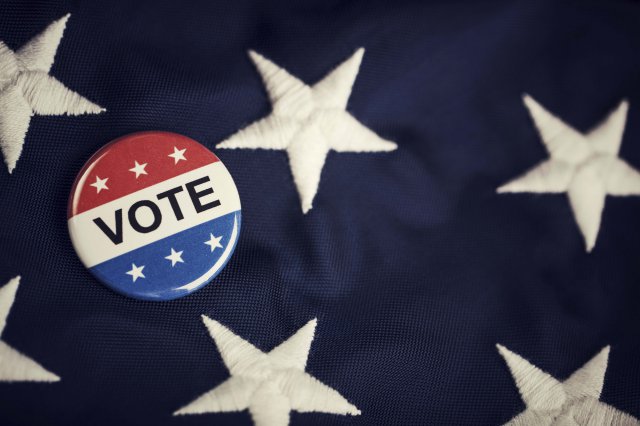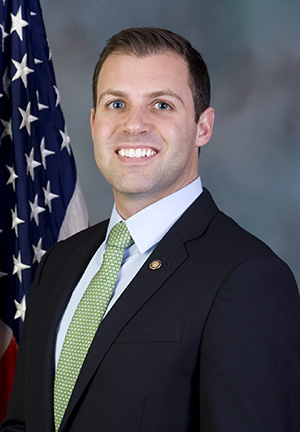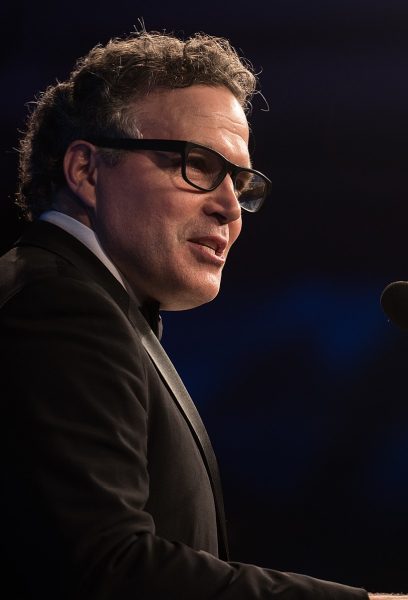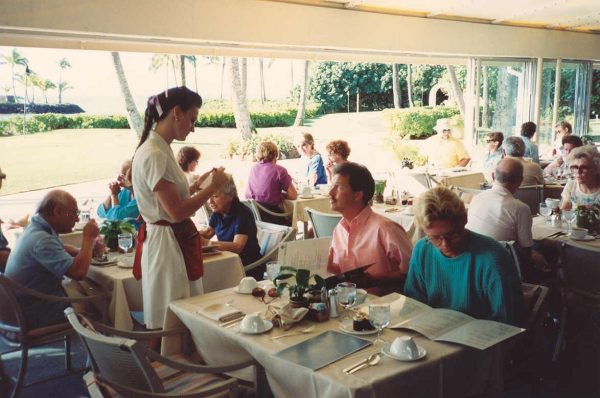The Midterms Are Coming! The Midterms Are Coming!
Midterms are coming up, and I don’t mean the exams.
The United States midterm election will take place Nov. 6, 2018, and given how divisive our politics have become, the midterm elections are probably going to be just as contentious, if not more so, than the 2016 election.
Both the Republicans and Democrats have been emboldened by recent events, predicting that either a red or blue wave will occur in early November.
Republicans feel that the recent confirmation of Supreme Court Justice Brett Kavanaugh has excited conservatives across the country ahead of the midterms. According to the Washington Examiner, Senate Majority Leader Mitch McConnell said that Democrats’ attacks on Brett Kavanaugh have woken “up the GOP base.” Representative Steve Stivers, (R-OH) told Fox News that the “Kavanaugh experience has…gotten Republicans excited.”
Democrats, meanwhile, are hoping that the continuous controversies swirling around the Trump White House, as well as the allegations against Kavanaugh, will drive Democratic voters to the polls.
The Democrats are also banking on the fact that there is a pattern throughout history of the president’s party losing seats in both the House and the Senate. NBC says that “in every midterm election since the Civil War, the president’s party has lost, on average, 32 seats in the House and two in the Senate.”
History seems to bode well for Democrats, then, as they only need 24 seats to flip the House and two seats to flip the Senate. So, even if the Democrats do not gain a majority in the Senate, there is a fairly high chance that they will in the House.
What it could come down to, though, is how many voters from each party go to their polling stations..
Regardless of party affiliation, fewer voters will show up at the polls, if history holds. Midterm elections in general have a lower voter turnout than presidential elections.
The Pew Research Center looked at the 2008 and 2012 presidential elections and the midterm in between for context. In 2008, 57.1 percent of those registered to vote voted. Two years later, only 36.9 percent voted in the midterm elections. By 2012, voter turnout jumped back up to 53.7 percent.
This year could be different, however. The Hill reported early in the summer that the number of people voting on both sides of the aisle in midterm primaries was higher than in 2014. The article uses this high primary turnout to predict possible high midterm turnout compared to previous years.
This increase in voter numbers may be misleading, though. In a July article, Vox cited a poll conducted by the Public Religion Research Institute and the Atlantic that showed only 28 percent of people aged 18 to 29 are “absolutely certain” of voting in the midterms. Numbers from other polls cited in the article vary from 32 to 48 percent of young voters being “absolutely certain” of voting.
Along with those low numbers, young voters are sometimes viewed as unreliable. Dave Wasserman of the Cook Political Report told Vox that young voters “are volatile in terms of their turnout” and “are the likeliest voters to drop out of the electorate.”
People aged 18 to 34 often overwhelmingly vote Democrat, even if they are registered independents. This is in contrast to older voters, who are considered more likely to vote Republican.
Older voters, whether they are still working or retired, are reliable voters. If they’re still working, they can swing by their polling place on their way home from work. If they’re retired, they can go vote any time of the day. They are fairly likely to be in the district they are registered to vote in as well.
If we use the aforementioned assumption that older voters vote Republican and younger voters vote Democrat, it seems that the Democrats’ chances of flipping Congress are low unless many young voters go out and vote.
Putting political affiliations aside, the issue of low turnout among young voters is one that cannot be ignored.
The potential reasons for this are many. For instance, young voters, at first optimistic about their political system, may become disenfranchised and feel that their voices aren’t being heard.
What seems most likely and most applicable to a college environment such as Moravian’s is the fact that young voters may not be in their voting district during election season.
Many young people move away from home to either immediately get a job or to go to college and thus leave the district they are registered to vote in. If they have the time and are nearby, they can easily go back home to vote.
However, many college students either don’t have enough time between classes or are far away from home.
How can young voters still vote while at college? There are a few options out there, and they may not be known to most college students.
The first option is to update your voter registration so that you can vote in the county your college is in.
Another option is to apply for an absentee ballot before Oct 30. After applying for an absentee ballot, you will receive it in the mail. You can fill it out and then mail it back to your local County Board of Elections office before Nov. 2.
A lack of knowledge about these options for voting may be what prevents young people from voting in elections.
Despite your political affiliation, you should recognize that voting in any election, midterm or otherwise, is an important civic duty. Whether it is by physically going to the polls or voting through an absentee ballot, make sure your voice is heard this Election Day.












George Reid • Jun 1, 2019 at 5:50 am
Nice article .Its very helpful post specially for students voter. Everything share step by step .